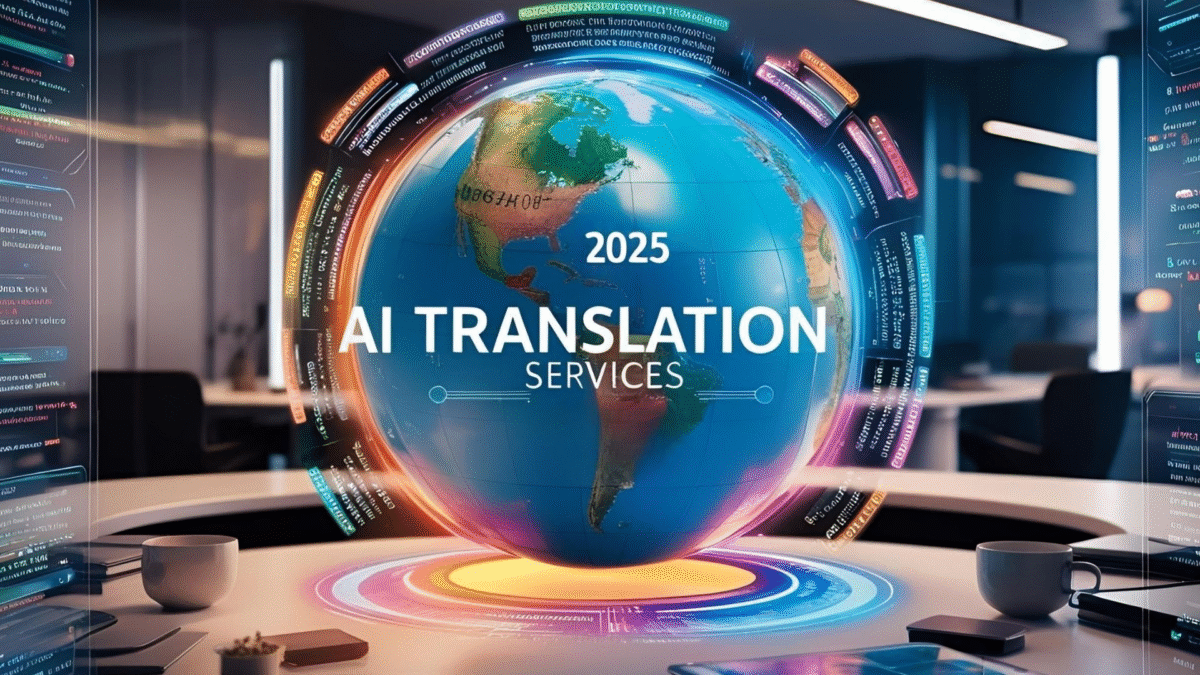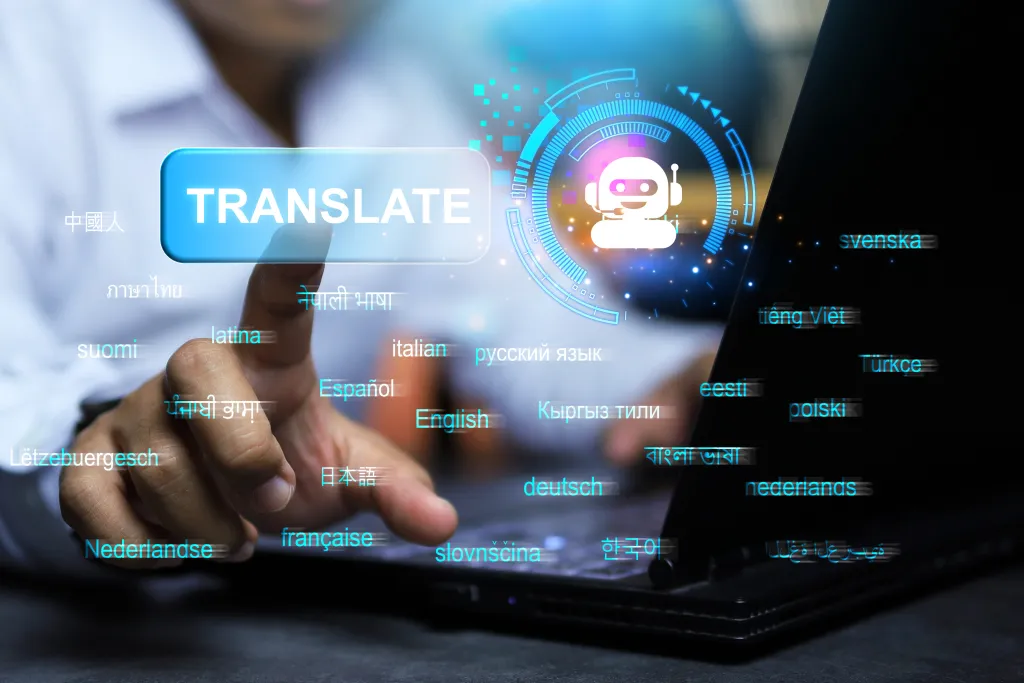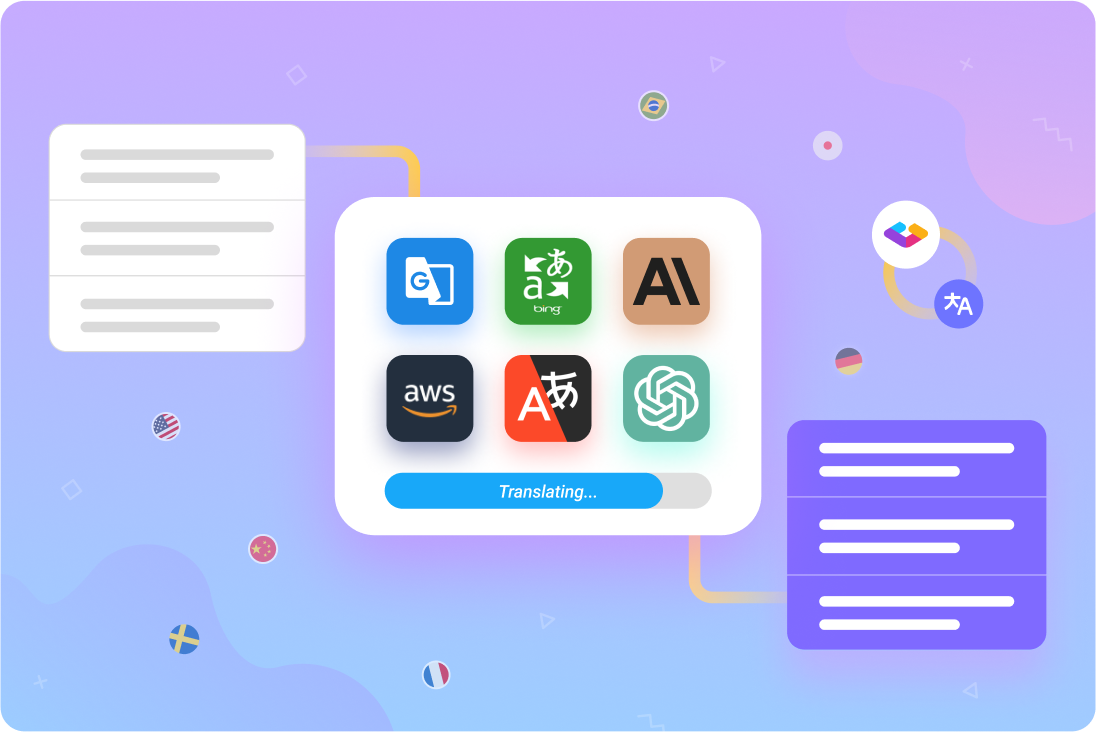🌍 Introduction: Why Translators Need Smarter AI Tools
If you’ve ever tried to translate a complex idea into another language, you know the struggle: direct translations often miss the tone, context, or cultural nuance. For translators, multilingual creators, and global businesses, it’s not enough for text to be “technically correct” — it needs to sound natural, persuasive, and aligned with local culture.
That’s where today’s AI translation tools come in. They don’t just swap words; they help professionals work faster, refine context, and even generate prompts that produce higher-quality translations. And when combined with smart prompt engineering tools like My Magic Prompt, the results are even better.

🔑 Why Prompts Matter in AI Translation
Even the best AI translation platforms are only as good as the inputs they receive. A vague prompt like “Translate this to French” may give you a direct, dictionary-style output — but one that misses nuance.
Instead, a structured prompt such as:
👉 “Translate this business email into French using a polite, professional tone appropriate for corporate executives. Maintain concise phrasing.”
…results in a far more accurate, culturally aligned translation.
This is where prompt engineering becomes the secret advantage for translators. With tools like My Magic Prompt’s AI toolkit, you can build, refine, and save prompt templates specifically for multilingual work.
🛠 The Best AI Translation Tools for Translators & Multilingual Teams
Here’s a breakdown of the top AI translation tools, along with tips for how to get the most from them.
1. DeepL Translator
- Known for: High-quality, natural translations that often outperform Google Translate in European languages.
- Best for: Professional translators handling nuanced business or legal content.
- Pro Tip: Use DeepL with custom prompt frameworks to ensure consistency in style.

2. Google Translate (Enhanced with AI Prompts)
- Known for: Massive language coverage (100+ languages).
- Best for: Quick multilingual drafts, travel, and broad communication.
- Pro Tip: Instead of copy-pasting raw text, craft a prompt inside My Magic Prompt’s Prompt Builder that tells AI exactly how you want the tone or style adapted before pasting into Google Translate.
3. ChatGPT (via Prompt Engineering)
- Known for: Context-aware translation and rewrites.
- Best for: Translating long-form content where nuance and creativity matter.
- Pro Tip: Combine ChatGPT with My Magic Prompt’s Chrome Extension to generate custom translation prompts instantly while browsing.
4. Microsoft Translator
- Known for: Integration with Office tools and Teams.
- Best for: Businesses already in the Microsoft ecosystem.
- Pro Tip: Pair with prompt templates like “Translate into Spanish for internal training materials, using clear step-by-step instructional tone.”
5. SYSTRAN Translate Pro
- Known for: Enterprise-grade, secure AI translation.
- Best for: Organizations that handle sensitive multilingual data.
- Pro Tip: Use AI prompt frameworks to ensure compliance-friendly tone and terminology.
📚 Framework: How to Prompt for Better Translations
Here’s a simple Prompt Framework for Translators you can adapt in My Magic Prompt:
[Role] → You are a professional translator for [target industry].
[Task] → Translate the following text into [target language].
[Tone/Style] → Maintain a [formal/friendly/technical] tone.
[Cultural Nuance] → Adapt idioms and references to [region/culture].
[Output Format] → Provide both the translated text and a short explanation of choices.
This ensures consistency and cultural fluency, making your translations stand out.

❓ FAQ: Best AI Translation Tools & Prompting
Q1: What’s the difference between a good and bad AI prompt for translation?
A good prompt specifies tone, audience, and cultural nuance. A bad prompt is vague, leading to literal but flat translations.
Q2: Can AI replace human translators?
Not entirely. AI boosts productivity, but human translators ensure cultural accuracy and emotional impact.
Q3: How can I organize my translation prompts?
Tools like My Magic Prompt let you save and reuse prompt templates for consistency.
Q4: What’s the most accurate AI translation tool?
DeepL is widely considered the most accurate, especially for European languages, though ChatGPT with structured prompts often rivals it.
Q5: Are AI translations secure for business?
Enterprise tools like SYSTRAN and Microsoft Translator offer higher data privacy for sensitive work.
🤍 Final Thoughts: Smarter Prompts = Smarter Translations
Global communication requires more than direct translations — it requires clarity, nuance, and cultural adaptation. The best AI translation tools are powerful, but they truly shine when combined with strong prompt engineering practices.
If you’re serious about taking your multilingual work to the next level, explore My Magic Prompt to build custom prompt templates, streamline workflows, and unlock the full potential of AI translation.

